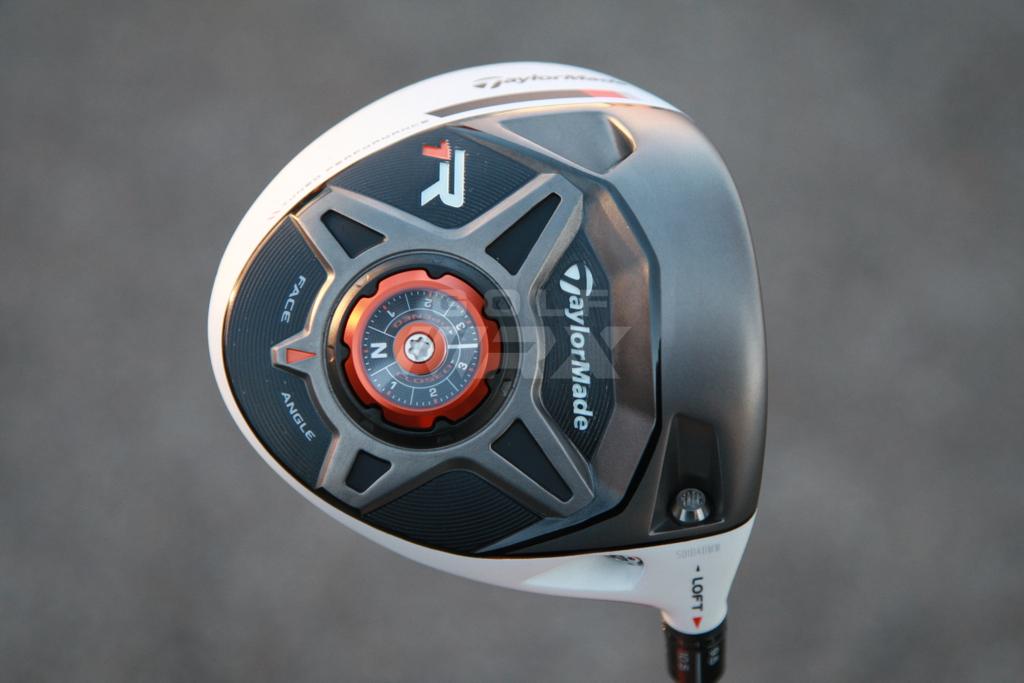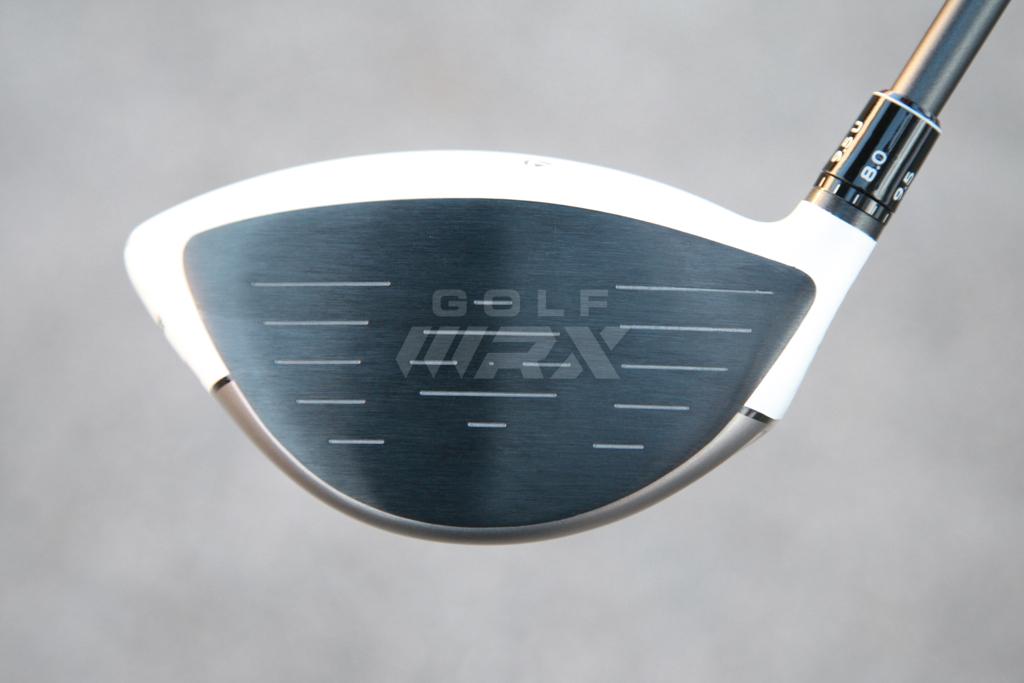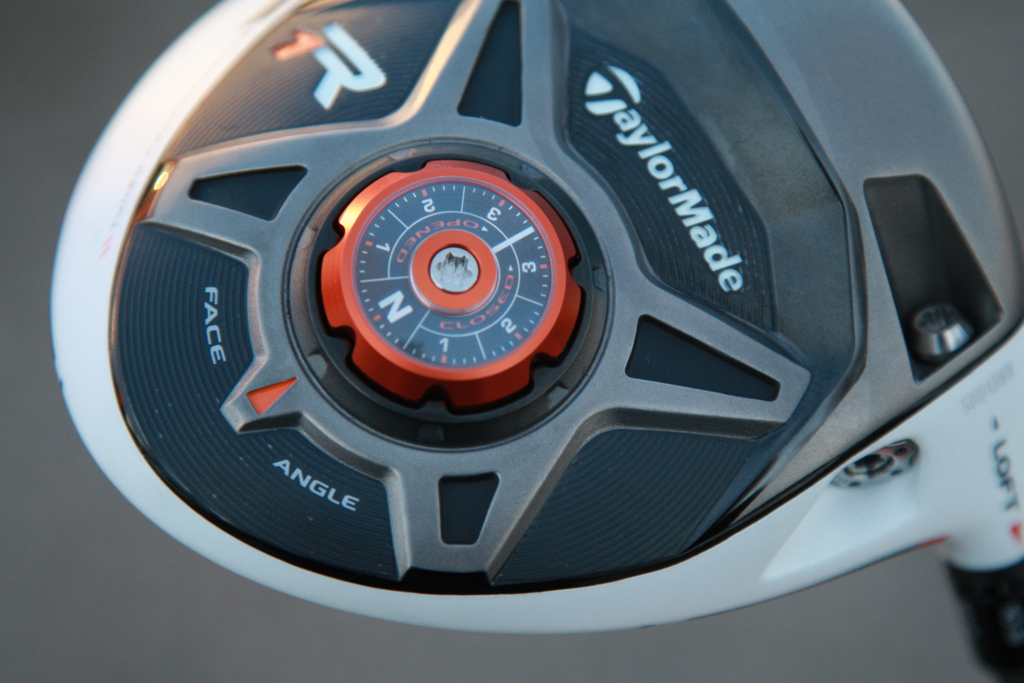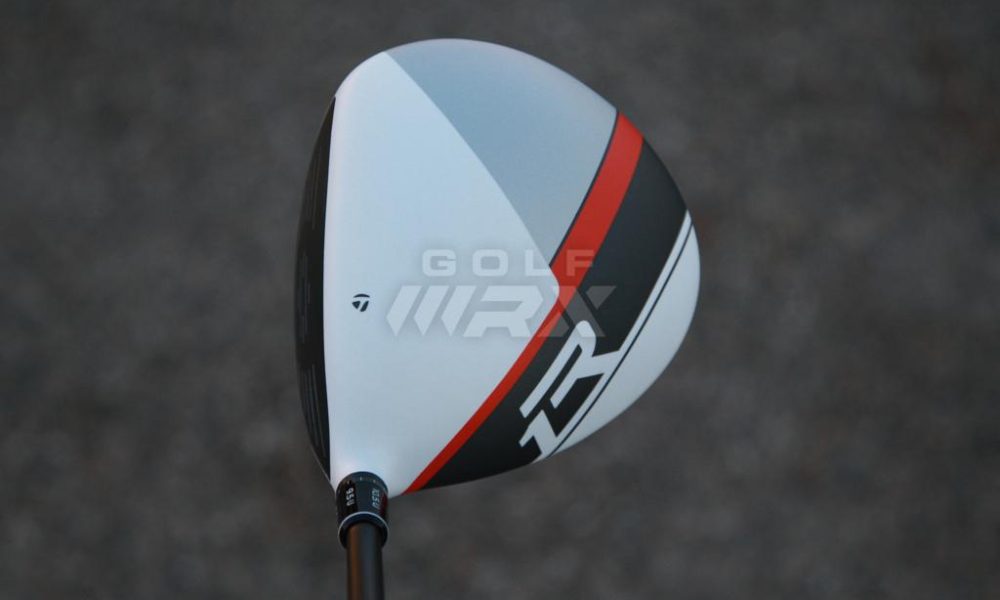Editor’s note: Looking ahead to where we take our golf equipment coverage in the future (launch season will be here soon enough!), we want to look behind us more frequently. What does that mean, exactly? Well, we want to both place new releases in their historical contexts and highlight past coverage by, as we have done from time to time, opening the GolfWRX archives.
For this installment, we’re taking a look at former Editor-in-Chief (and honestly, one of the best gear writers to ever do it) Zak Kozuchowski’s excellent review of the iconic/divisive 2013 TaylorMade R1 driver. TM had just concluded the R11 era and was about to foray into RBZ and SLDR territory.
A portion of Zak’s piece is below (full article here).
TaylorMade, the king of drivers, has done it again. Bold moves visually and performance tweaks make what was a great driver perform better. It’s hard to do but fitters around the country support our opinion that the 2013 R1 Driver can stand proud. Below you will see GolfWRX tried to stay as objective as possible and also add a lot of technical information to describe the differences over last years R11s.
Pros: The TaylorMade R1 improves on the company’s premium driver from a year ago, the R11S, offering slightly more ball speed and less spin thanks to a lower, more forward center of gravity. It’s also quieter than the ear-ringing R11S, and more forgiving on misses low on the face.
Cons: The racing stripe on the crown isn’t as bold as TaylorMade’s decision to go white, but it will still irk purists. A “real deal” stock shaft offering is absent, as is a stock shaft option over 65 grams. A new “loft sleeve” means previous TaylorMade driver sleeves won’t fit in the R1.
Bottom Line: TaylorMade has crept ahead with the R1 with more adjustability and more performance, but word is out on how golfers will receive the graphic-infused crown. Golfers upgrading from the R11S should expect to add 0.5 degrees of loft or more from their current setup, which will give them the high-launch, low-spin conditions necessary for more distance.

The paint on the crown of TaylorMade’s R1 driver will get all the buzz early in 2013, taking the focus off what’s really impressive about the new driver, unrivaled adjustability.
According to TaylorMade, data from the company’s MATT club fitting systems across the country showed that 80 percent of golfers were playing the wrong loft in their drivers, and that 35 percent of them were 2 degrees or more away from their optimal loft.
That’s why the new R1 driver has a 4-degree range of adjustability, from 8 degrees to 12 degrees, giving golfers no excuse for having the wrong loft.
The wide-range of lofts are possible through the company’s revamped loft sleeve (formally called FCT), which is adjustable in 0.5-degree increments to give golfers 12 different loft settings.
That’s an improvement over R11S, which came in three different lofts — 9, 10.5 and 12 — and only allowed golfers to adjust the loft 1.5 degrees higher or lower.

The loft sleeve was designed in conjunction with the driver’s revamped adjustable sole plate, which has seven different settings that can change the R1’s face angle as much as 3 degrees open or closed in 1-degree increments. This is another another upgrade over the R11S, which gave golfers 5 settings that adjusted in 1.5-degree increments.
The added loft settings are extremely important because of the R1’s lower, more forward center of gravity, as most golfers will underestimate the amount of loft they’ll need for optimal launch conditions. And the face angle adjustability is a necessity as well, because a 1-degree change in loft on the R1 will result in a 2-degree change in face angle.
The R1 is shipped with a standard loft of 10 degrees and face angle that is designed to be “visually square” at address (TaylorMade says a visually square face angle actually measures 2 degrees open). If 1.5 degrees of additional loft is added, the face angle will close 3 degrees. But by wrenching the face angle adapter to the 3-degrees open setting, a golfer can return the face angle to visually square.

Read the rest of the original article from 2013 here.
Your Reaction?LIKE0LEGIT0WOW0LOL0IDHT0FLOP0OB0SHANK0








